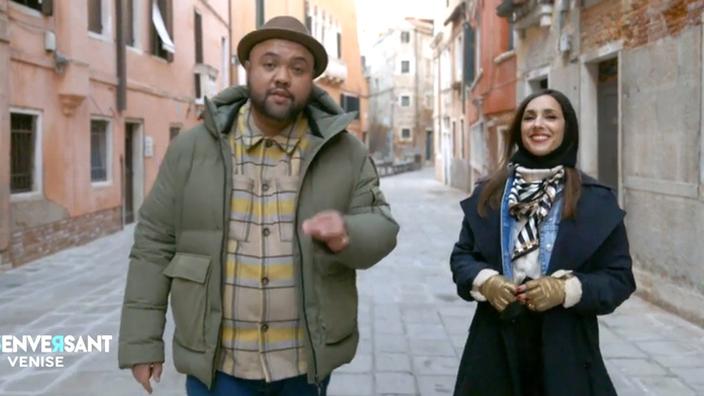
“Maman looks … I don’t know … indifferent.” Indeed, she looks oddly detached, sitting between the sons she revered, but staring off to the side, seemingly bored, waiting to be excused. “I’m surprised,” said one young sophisticate, riding high on black boots, a cape slung over her shoulder. Then they’d tiptoe over to the first display, a portrait of Madame Proust and her two sons.

They’d start off well enough, reading the introductory wall plate with a kind of reverence ordinarily reserved for places of worship. None stayed long, at least during my visit. Every few minutes visitors would push through the double glass doors to this frigid little room, perhaps cooler than most galleries for hosting so few warm bodies. How sad, I thought, to stand so close to Proust’s original work, to the mind of a master, to the Rosetta stone of his process, and see so little. The excerpts that were included were maddeningly short, highlighting a single line or paragraph. Proust’s penmanship is no better than my own, making cross outs, write overs, and marginal notations, of which there were many, undecipherable. My rudimentary French is hardly sufficient to appreciate the fullness and subtlety of the materials. The notebooks and other writings, which were obviously produced in French, were not accompanied by complete translations. This seemed strangely austere, even antiseptic, given this author’s penchant for detail, texture, and volume.īut the biggest disappointment was yet to come. About six Plexiglas cubes that contained notebooks and manuscripts alternated with wall space hung with black and white images.


To celebrate the 100th anniversary of Swann’s Way, the first installment of this epic novel, curator Antoine Campagnon borrowed from the Biblioteque Nationale de France a selection of the author’s notebooks, manuscripts, and galley proofs to “provide unique insight into Proust’s creative process and the birth of his masterpiece.” Also on view would be period photographs of important people and places to Proust, plus letters to his mother. So I looked forward to the upcoming Proust exhibit at the Morgan Library with great anticipation.

By all measures, this is one of literature’s most important works. I had just read In Search of Lost Time, the seven-volume novel by Marcel Proust. Review by Beth Livermore Marcel Proust and his mother and brother Robert, c.1895.īibliotheque Nationale de France (BnF), Paris, France Marcel Proust and Swann’s Way: 100th Anniversary exhibition at The Morgan Library and Museum.


 0 kommentar(er)
0 kommentar(er)
